Travel Tales: Stories from the People of Myanmar
During my recent 2013 trip to Myanmar I discovered that Myanmar is actually a huge melting pot of more than a dozen different nationalities, including various tribal people, Indian, Nepali, Bangladeshi, Thai, Chinese and Burmese.
Although I’d visited Myanmar once before and had noticed Indian and Chinese people amidst the population, I hadn’t realize how exceedingly diverse the people really are.
What differed between my two visits?
For one thing, in 2013 I traveled mainly around northern and northeastern Myanmar, where a greater diversity of people live mixed together. Those regions lie close to the borders of China, India and Bangladesh and have many remote mountains full of hilltribes.
During my 2000 trip, on the other hand, I traveled mainly around central Myanmar, where a majority of people are Burmese.
Secondly, this time around I chatted with many more local people that I met along the way. Those interesting interactions are really what raised my awareness of Myanmar’s surprising diversity.
Hearing their stories and learning about the various cultures making up Myanmar proved to be one of the best aspects of my trip.
Following are some snippets of my fascinating interactions with people from all walks of life around Myanmar.
Thai
Wandering around the small bustling market town of HsiPaw in northeastern Myanmar for a few days, I thought I kept catching snippets of the Thai language being spoken.
Was I just catching Burmese phrases that sounded uncannily Thai to me? Had the Burmese language borrow some words from Thai? Was I simply imagining things?
The mystery was solved two days later on the bus to Kyaukme town. A local woman sitting next to me repeatedly used Thai phrases, ones that I could understand and made complete sense in context. So I drummed up my conversational Thai skills, recently honed on a 2-month trip through Thailand, and asked her if she was speaking Thai and if she was from Thailand.
Yes, she said she’d come from Bangkok.
And so we had a very interesting chat on the bus. She’d been living in HsiPaw for over 20 years. She was married to a Burmese man. Why and how the heck a Thai woman from the huge Thai capital city had ended up migrating to rural Burma was a mystery I didn’t delve into. But she did say that many Thais live in the HsiPaw area and in Mandalay.
Not far into the trip another local woman with two children boarded the bus and sat next to my new-found Thai friend. She proceeded to chatter non-stop and quite loudly until she eventually got off the bus.
She seemed to be complaining grandly and, as far as I could make out, everyone completely ignored her. She was essentially just talking out loud to herself. Apparently she needed to get something off her chest.
I immediately tuned her out since I greatly dislike such loud yammering, so I didn’t catch whether she was blathering in Burmese, Shan or Thai. But when my new Thai friend managed to get a word in edgewise, she must have told the woman that I spoke Thai. The Gabber looked back at me, smiled and said ‘sawadee ka’.
Ah, she was Thai too. Well, that certainly explained her extremely loud talking manners. Thais speak exceedingly loudly. After she got off at her stop, the bus returned to its former quiet, peaceful state and we continued on to Kyaukme town.
————————————————————————————–
Chinese
The owner of Yee Shin guest house in HsiPaw, his wife and son all spoke passable English. He told me his family history in the region. His mother and father had migrated to HsiPaw from China. He had two other brothers and four sisters. They all had opened their own businesses.
He had this new guest house as well as a shop in the market. His brother owned HsiPaw’s large electronics & appliances store next door. Both were situated next to a large bank on the main road through town, prime real estate.
Other brothers and sisters lived in Mandalay. One had a mobile phone shop. Another owned a restaurant. They were a typical Chinese family it seemed to me.
Also in true Chinese tradition, all the staff at Yee Shin Guest House were related to the family. A nephew had come to work there from near Bagan. Another was from town.
I joked with the owner that pretty soon his family would own all of HsiPaw. He vigorously denied my claim.
In any event, I reckon his family had done impressively well. His parents had migrated from China and within just one generation, all of their family owned various businesses in Myanmar. Pretty fast work I’d say.
————————————————————————————–
Nepali
The man who sold tickets at HsiPaw’s tiny bus station devoted exclusively to buses to Kaukme spoke excellent English, much to my surprise. As a result, we had a little chat while I waited for my bus to depart.
He said he was Nepali. I asked if there were many Nepalis in HsiPaw. He said there were. Furthermore, they’d collectively been living in the area since before WW2. That surprised me because I hadn’t noticed any Indian or Nepali-looking people at all in HsiPaw.
He explained that all the Nepalis lived out in the countryside where they raised cows for milk. They were all dairy farmers. Back before WW2 his great grandfather had been recruited by the British to come help build the railroad in Burma.
Apparently there was a whole crop of Nepali-Burmese living in HsiPaw who were decedents of Nepalis brought over by the British more than 70 years ago. I later learned about several other towns in northern & northeastern Myanmar with large Nepali populations.
————————————————————————————–
Burmese
Every morning during my one-month travels around Myanmar I ventured out for breakfast at one small street stall or the other to eat Myanmar’s tasty noodle dishes.
One morning in Mandalay I ended up sitting at a tiny roadside stall with a young Burmese couple. I suspected from the young man’s very western-style clothing, the woman’s refined Burmese outfit and their fresh haircuts that they were upper class Burmese.
Since it was my first time eating at that particular stall, the young man ended up helping me order. He spoke English surprisingly fluently. So I struck up a conversation.
I quickly found out that they lived in Amalapura, a small town south of Mandalay. I asked him why they’d come into the city that day. He’d come to apply for a passport because he planned to go to Bangkok soon.
Ah, ha! That was more proof that I was speaking to a wealthy Burmese couple. Because of the Burmese currency’s low value combined with very low salaries paid for most jobs in Myanmar, it was exceedingly expensive for Burmese citizens to travel abroad .
As it turned out, this young man had been to Bangkok several times already. His passport had expired, which is why he needed a new one.
I asked why he liked Bangkok so much and what he enjoyed doing there.
Shopping. He loved Bangkok’s famous MBK shopping mall. He liked to buy trendy clothes, shoes, watches and electronics. He said that he couldn’t buy most of those in Myanmar. Thailand had a much better selection.
By then I was exceedingly curious to know how such a young Burmese man could afford to travel to Thailand regularly and buy designer goods. I asked his profession. He was just a university student. Ah, so his parents were clearly wealthy.
It turned out that his family owned weaving and fabric factories in Amalapura. The town is famous for fabrics. His family’s factories produced cotton and silk. The silk, he explained, was used mainly for weddings.
As we chatted away, his auntie and cousin arrived and sat down to join us. He was the only one who spoke English well, but the women all looked on, smiling a lot and tossing in a few words here and there.
Eventually I finished my bowl of noodles and pulled out my wallet to pay. Before I could take out any money however, the auntie quickly pulled out a large rolled-up wad of cash and promptly paid for all of us.
I thanked her profusely for breakfast and set out on my day, a huge smile across my face for having met such friendly and gracious people.
QUESTIONS:
Do you chat with local people when you’re traveling?
What interesting things have you learned from such chats?
————————————————————————————————————————————————


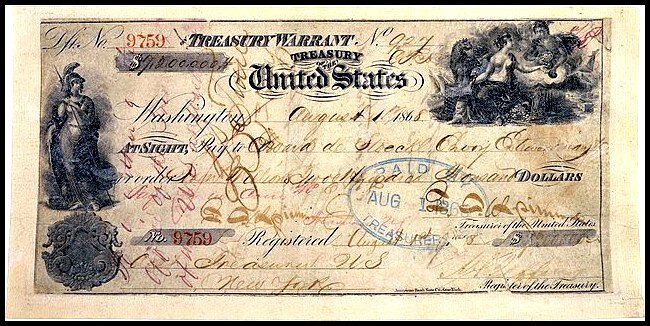

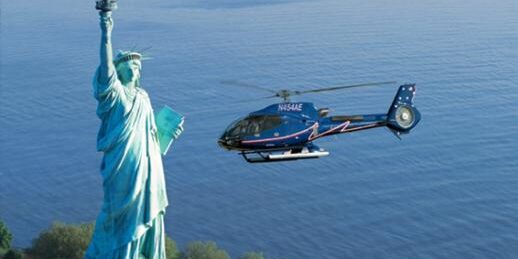
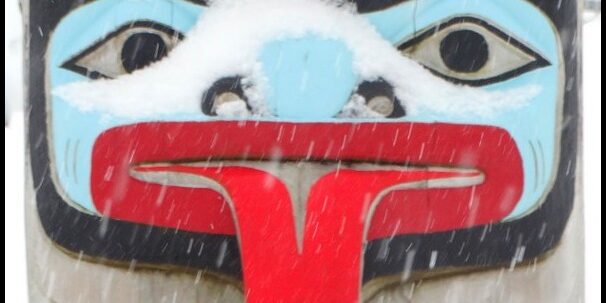


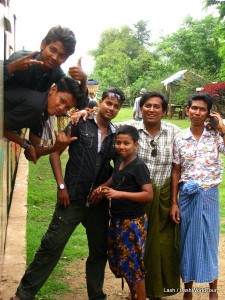
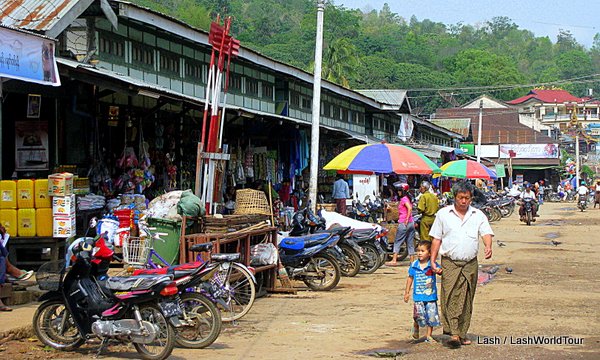
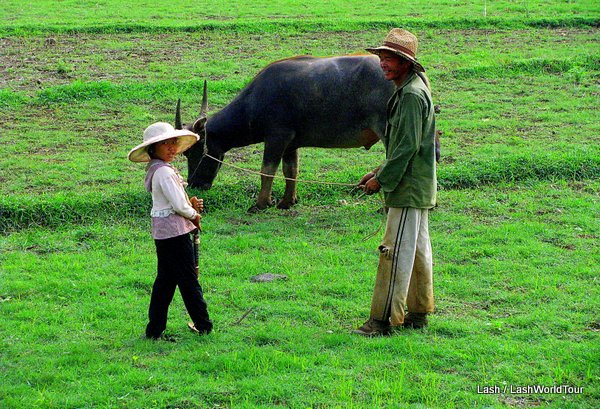
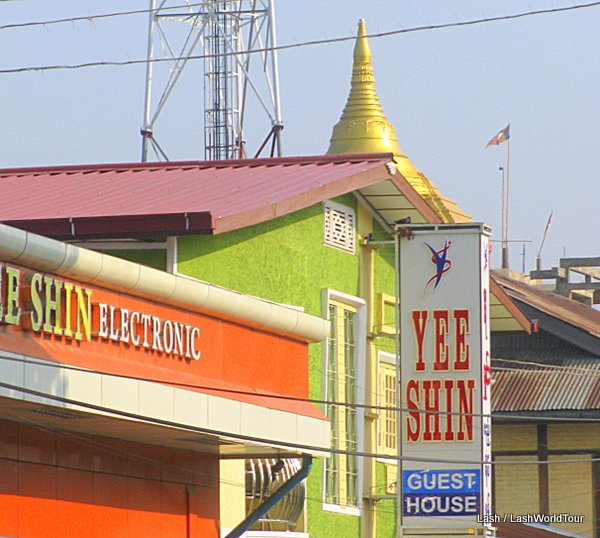
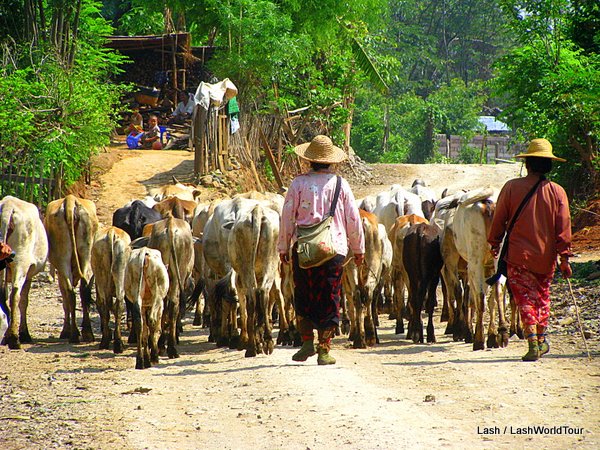
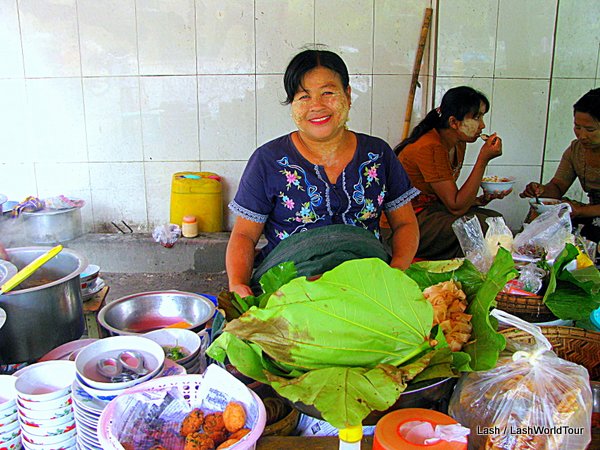
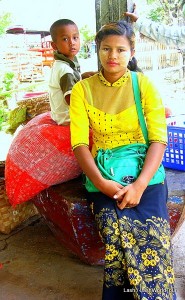
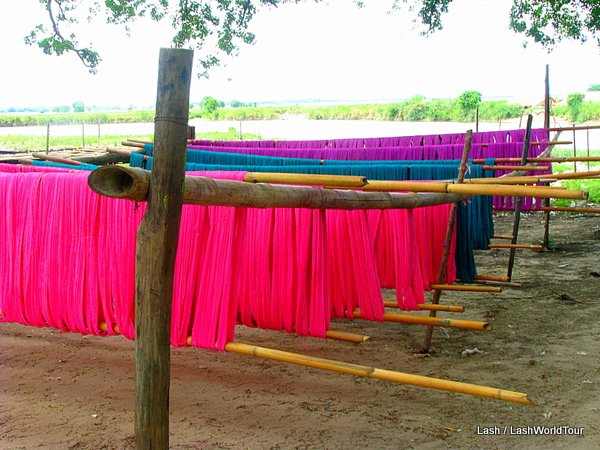
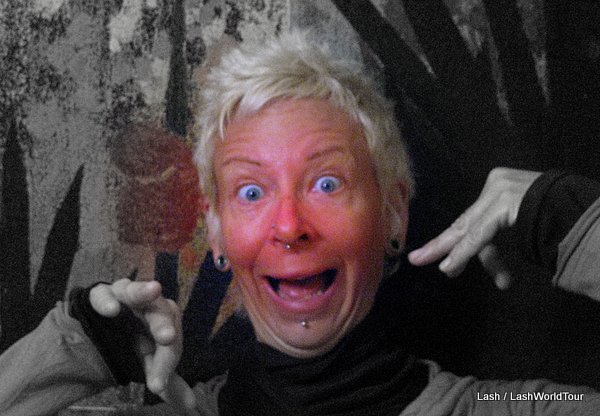

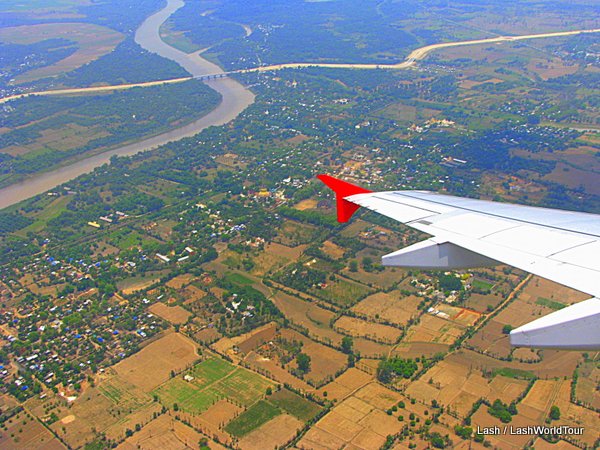


 Hi! I'm Lash, an American nomadic world traveler who's been traveling solo since 1998. I’m passionate about traveling the world nomadically and then sharing it all with you. I hope to inspire you to travel the world, to entertain you with tales from the road, and to help you reach your travel dreams. Welcome!
Hi! I'm Lash, an American nomadic world traveler who's been traveling solo since 1998. I’m passionate about traveling the world nomadically and then sharing it all with you. I hope to inspire you to travel the world, to entertain you with tales from the road, and to help you reach your travel dreams. Welcome! 




7 pings
Skip to comment form ↓
Cultural Insights: Quintessentially Burmese Customs - LashWorldTour » LashWorldTour
2013/07/31 at 9:48 am (UTC 8) Link to this comment
[…] Stories from the People of Myanmar […]